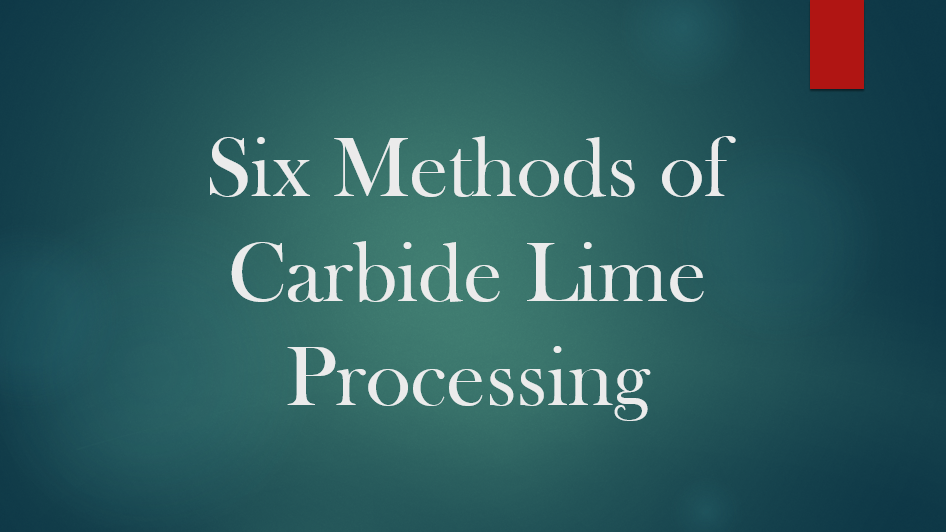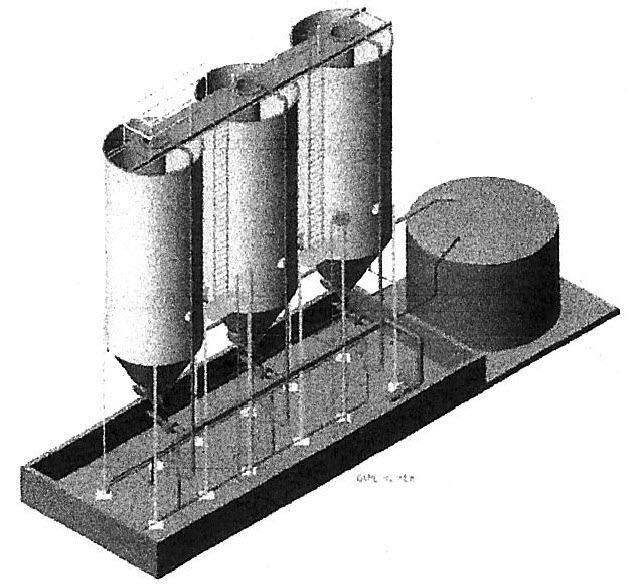Rexarc is currently open from 7:30 AM – 4:00 PM EST, Monday – Friday. Read More
Rexarc is currently open from 7:30 AM – 4:00 PM EST, Monday – Friday. Read More

In acetylene plants, carbide lime is generated as a byproduct. Carbide lime is further processed to make it useful in other industries and applications. Most acetylene manufacturing plants using the wet acetylene generating process, install a carbide lime treatment plant to process the raw material. Six main types of such plants can be manufactured depending on your requirements. These are expanded upon below.

Purpose of Treatment Plants
In the wet acetylene generation process, the solid content makes lime slurry too dilute for economical transportation. The solid content must be increased using one or more of the following methods:
Types of Carbide Lime Treatment Plants
The following types of treatment plants are used to process carbide lime to make it commercially viable:
a. This is accomplished in a slurry tank with a manually controlled discharge, a quicklime feeder and a mixing tank or hydrator.
b. The quicklime hydration develops considerable heat, which vaporizes some of the water and the volatile impurities of carbide lime.
c. The resultant hydrated lime is completely free from sulfide and other odors, which may be considered objectionable.
Carbide lime slurry can prove to be a valuable product when used in specific processes. For example, sewage sludge can be conditioned efficiently using carbide lime slurry. Hence, when the right process is used to process carbide lime, it can be beneficial to the plant owner. Instead of discarding the carbide lime, it can be sold to organizations that need lime slurry for their plant processes. This helps increase the revenue of the organization. Depending on your plant setup as well as your requirements, the suitable carbide lime treatment plant can be integrated with your acetylene plant.

We are a one stop shop from custom vessel production to full skidding, plumbing and instrumentation.

We stand by our processes and communicate with you on your project status as much or as little as you would like.

We continually reinvest in our people, business, and equipment technology to ship quality products on time.
